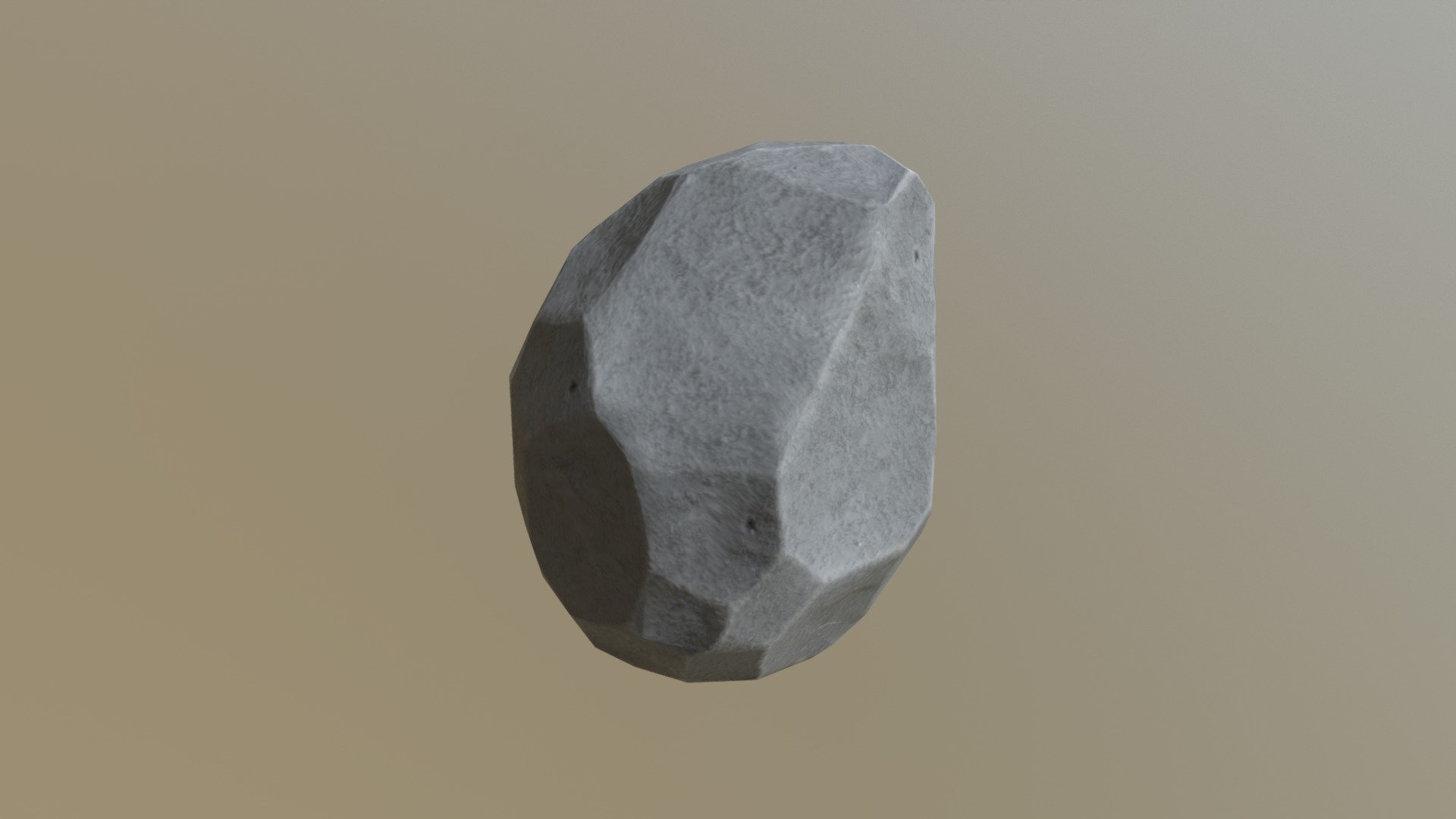
Rock Lowpoly
sketchfab
Human beings have always been fascinated by their own species, and the latest research suggests that this fascination is hardwired into our brains from a very young age. Studies show that babies as young as six months old can recognize human faces and distinguish them from other objects. This ability to recognize humans develops rapidly in the first few years of life, with toddlers often displaying an intense interest in their reflection and those around them. One theory is that this fascination with humans stems from our species' unique capacity for empathy and social interaction. Humans are highly social creatures, and our brains are wired to respond to emotional cues and form strong bonds with others. This ability to connect with others is a key factor in our success as a species, and it's likely that our innate interest in human faces plays a role in this process. As we grow older, our fascination with humans only deepens. We develop complex social norms and expectations, and our brains become highly attuned to the subtle cues of human behavior. This ability to read people is a key aspect of human intelligence, and it's essential for navigating the complexities of modern life. So, what drives this fascination with humans? Is it simply a result of our own self-awareness, or are there deeper psychological forces at play? The answer may lie in our brain's unique structure and function. Research suggests that the human brain is wired to respond to social stimuli, and that this response is closely tied to our emotional experience. In fact, studies have shown that when we see a human face, our brain responds by releasing dopamine, a neurotransmitter associated with pleasure and reward. This response is thought to be an evolutionary adaptation, designed to encourage us to form strong social bonds and connect with others. Overall, the fascination humans have with their own species is a complex and multifaceted phenomenon. It's driven by a combination of factors, including our unique capacity for empathy and social interaction, our brain's structure and function, and our innate interest in human faces.
With this file you will be able to print Rock Lowpoly with your 3D printer. Click on the button and save the file on your computer to work, edit or customize your design. You can also find more 3D designs for printers on Rock Lowpoly.
